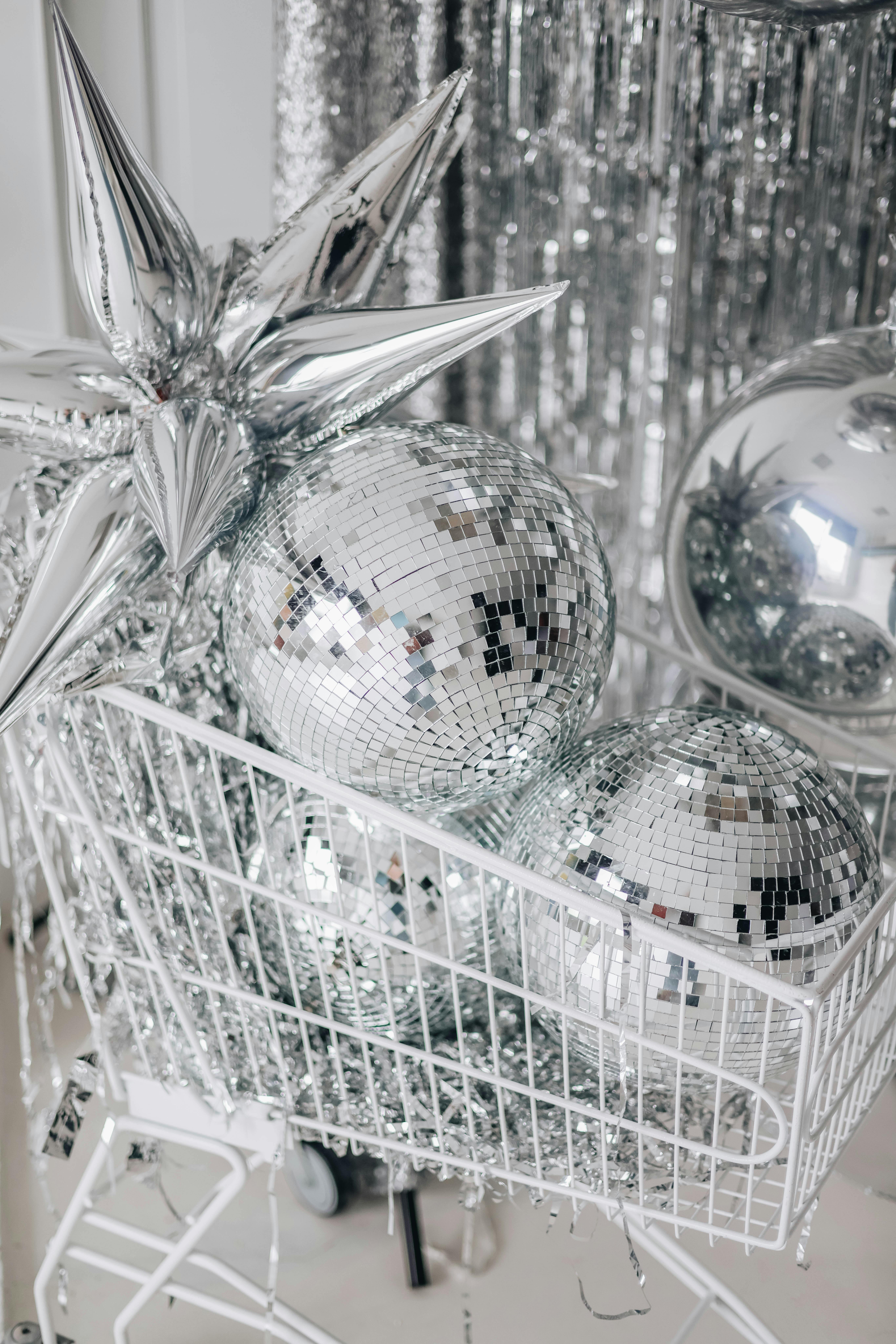
Essential Guide to Neon Tetra Size: Optimize Your Aquarium in 2025
As one of the most popular species in the aquarium trade, the neon tetra stands out not only for its striking colors but also for its manageable size, making it ideal for both novice and experienced aquarists. Understanding the neon tetra size intricacies is crucial for creating a thriving environment that maximizes growth and ensures longevity. In this essential guide, we will delve deep into various aspects of neon tetra size, including juvenile and adult dimensions, factors affecting their growth, and optimal tank requirements.
The benefits of knowing the size-related dynamics of neon tetras are manifold. Proper size management can improve your aquatic environment, enhance the aesthetic appeal of your tank, and safeguard the health of your fish. This guide aims to provide insights into the average sizes of neon tetras, space requirements, and effective care techniques to foster healthy growth. By optimizing their environment and understanding their growth patterns, you can ensure your tetras thrive.
Here’s what you can expect as you delve into the guide:
- Key factors influencing neon tetra size
- Detailed breakdown of size requirements for different growth stages
- Practical tips for maintaining optimal conditions for size management
- Size comparisons and charts to assist in decision-making
Let's explore the essential elements that determine the well-being and growth of neon tetras, starting with their dimensions.
Understanding Neon Tetra Dimensions and Size Variability
Neon tetras are small fish, with sizes that can vary based on several factors. Typically, an adult neon tetra measures around 1.5 inches in length, with some variance depending on their sex, genetics, and living conditions. The size of a juvenile neon tetra starts at approximately 0.5 inches. It's vital to understand the neon tetra dimensions for setting up suitable habitats and ensuring their well-being.
Factors Affecting Neon Tetra Growth
The growth rate of neon tetras can be influenced by several environmental and biological factors. Below are some key aspects that can affect neon tetra size:
- **Water quality**: The pH level, hardness, and temperature need to be optimal for their growth. A range of 22-26°C (72-78°F) is ideal.
- **Diet**: A balanced diet rich in high-quality flakes and live foods can encourage proper growth.
- **Tank conditions**: Overcrowding can stunt growth; thus, maintaining appropriate stocking levels is essential.
Each of these factors needs careful monitoring to ensure your tetras reach their full size potential.
Neon Tetra Size Development Stages
Neon tetras exhibit distinct developmental stages that affect their size. Understanding these can help aquarists provide better care:
- **Juvenile stage**: Ranging from 0.5 to 1 inch, ensuring they are fed adequately but not overcrowded is crucial during this stage.
- **Sub-adult**: As they grow, their size will reach approximately 1.2 inches. This is when they need more specialized lighting and tank space.
- **Adult stage**: Achieving up to 1.5 inches or more, proper care during this stage can lead to healthier and more vibrant specimens.
Measurements and Size Comparisons
When assessing neon tetra sizes, it's useful to compare them with other small fish species to understand their average size better. The table below visualizes average sizes:
- **Neon Tetra**: 1.5 inches
- **Cardinal Tetra**: 2 inches
- **Guppies**: 1-2 inches
These comparisons can assist in determining how many fish can fit comfortably in your aquarium tank, ensuring a balanced ecosystem.
Optimal Tank Size for Neon Tetras
Choosing the right tank size for neon tetras is fundamental for their health and well-being. Because of their small size, many aquarists think that keeping them in small tanks is sufficient. However, providing enough space can enhance their growth considerably.
Minimum Tank Size Requirements
The neon tetra minimum tank size should ideally be at least 10 gallons. This amount of water allows for stable water parameters, which are crucial for fish health.
Ideal Conditions for Size Growth
Maintaining an ideal environment helps achieve optimal neon tetra size. Key considerations include:
- **Filtration**: A good filtration system can enhance water quality, which directly impacts fish growth.
- **Decorations**: Plants and hiding spots not only beautify your aquarium but can also reduce stress, promoting better growth.
- **Temperature control**: Regular monitoring of water temperature can prevent any growth stunting consequences.
Impact of Overcrowding on Size
Overcrowding can negatively influence the growth of neon tetras. When there are too many fish in one tank, the stress levels can rise, which subsequently affects their health. It's essential to monitor the population and ensure each fish has adequate space to swim and thrive, ideally allowing 1 inch of fish per gallon of water.
Caring for Neon Tetras: Size Considerations
Maintaining the right size not only requires proper environmental conditions but also ongoing care and attention from the aquarist. Here are some strategies for promoting healthy neon tetra growth.
Dietary Needs for Optimal Size
A well-rounded diet is critical when considering neon tetra size. High-quality flake foods or pellets should be supplemented with live or frozen foods. Regular feeding schedules can help ensure that your tetras receive the nutrients they need for growth.
Health Issues Related to Size and Growth
Aquarists should be vigilant regarding their tetras' health. Issues like stunted growth, loss of color, and behavioral changes may indicate that the fish are not thriving. Keeping the tank environment stable and ensuring good health practices are vital for meeting size standards.
Signs of Stress to Monitor
Neon tetras show distinct behaviors when stressed, including hiding or becoming less active. If you notice such signs, it might be an indication that their size and living conditions aren't optimal, and adjustments are necessary.
Neon Tetra Size Standards: Breeding and Lifespan
Understanding neon tetra size is especially important if you are considering breeding these fish. Breeding size varies slightly, with mature tetras usually being more than 1 inch long. Optimizing conditions to support breeding can lead to successful offspring.
Breeding Conditions for Optimal Size
When breeding neon tetras, safeguarding their size is crucial. Provide soft, acidic water conditions, with plenty of plants for the breeding environment, ensuring the female tetras feel secure. Many aqua-culturists see a correlation between health parameters and size when setting the stage for breeding.
Lifespan Considerations
In captivity, neon tetras can live up to 5-10 years, though their average lifespans will correlate with how well they are maintained, their size, and the conditions of their environment. Proper care, good nutrition, and environmental stability will contribute to potential longevity.
Evaluating Tank Size for Healthy Breeding
Choosing the right tank size for breeding practices can greatly influence the overall health of the neon tetras. It's best to use a separate breeding tank of at least 10 gallons, which allows the fish to thrive and develop properly, promoting healthy growth in both parents and offspring.

Frequently Asked Questions About Neon Tetra Size
What is the average size of a neon tetra?
The average size of a neon tetra is about 1.5 inches in length when fully grown. Factors such as diet and water conditions can affect their final size.
How can I optimize my neon tetra's growth?
To optimize growth, ensure an appropriate tank size of at least 10 gallons, maintain good water quality, and provide a balanced diet rich in nutrients. Monitoring environmental conditions is critical.
What should I do if my neon tetras are not growing?
If your neon tetras are not growing as expected, assess the tank's water quality, check for overcrowding, and review their diet for adequacy. Ensuring a stress-free environment through suitable tank mates can also promote healthier growth.
How does the tank size affect neon tetra health?
A larger tank can accommodate stable water conditions, reducing stress and promoting overall health and growth. Overcrowding in smaller tanks can adversely impact neon tetra health.
